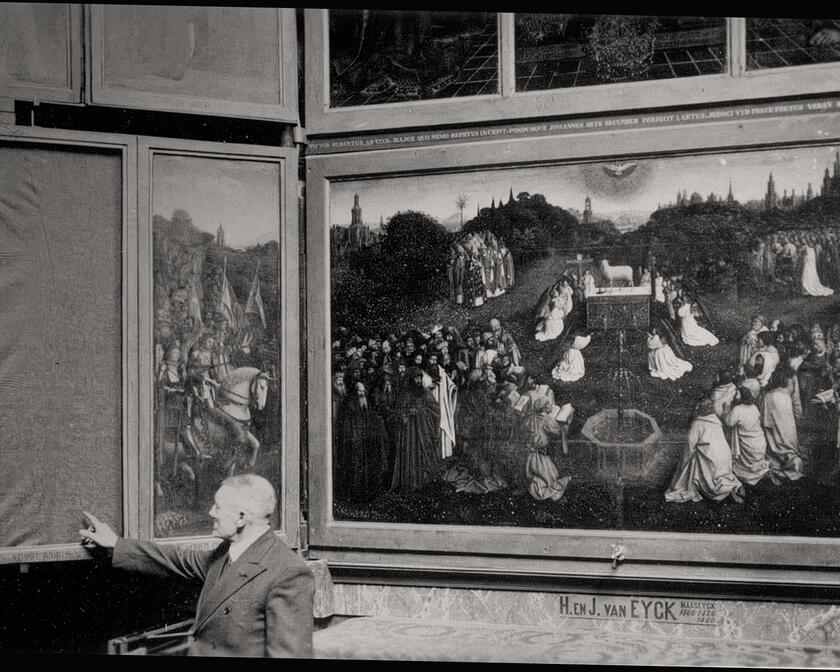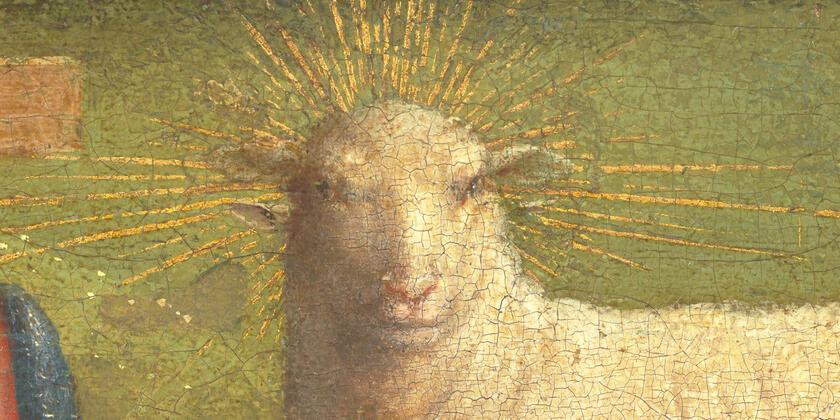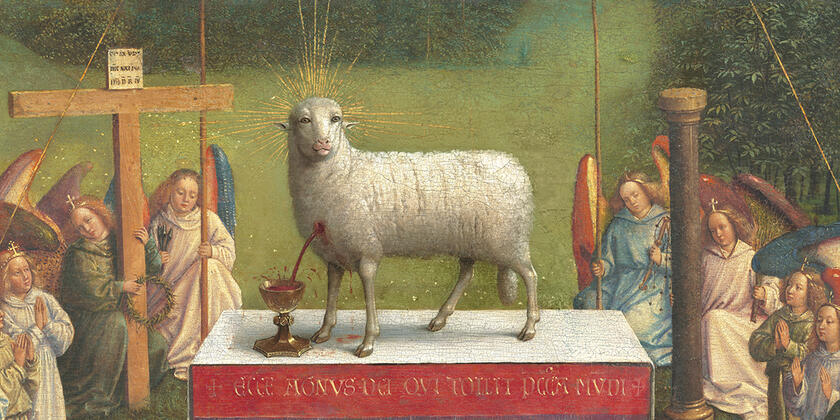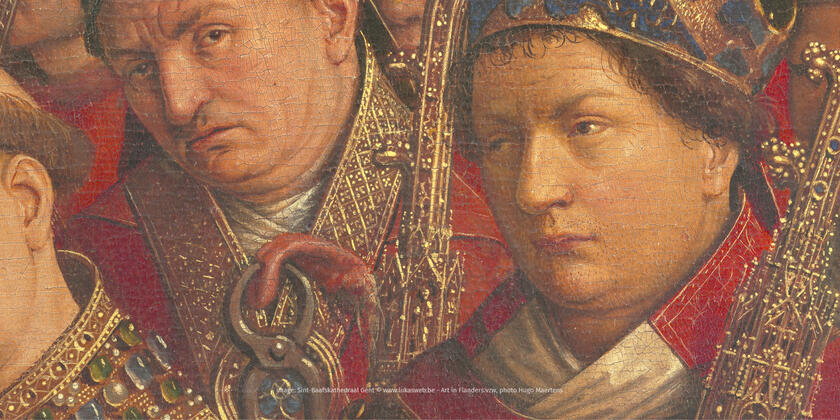Last breath
Just before his death, Goedertier made an incredible confession to his lawyer, giving an unexpected twist to the story of the stolen panels. On his deathbed, he confessed that he was the only one who knew where the original panel of the Just Judges was hidden. With his last breath, he uttered the words "desk, key, closet, health service folder". And then, just like in a melodramatic Hollywood film, he gave up the ghost at a rather unfortunate moment. In the hope of finding the panel, the police searched Goedertier's office for the folder in question. The folder contained an envelope with copies of the thirteen ransom letters to Bishop Coppieters, but no trace of the Just Judges panel.
For decades, theories and speculations about the possible hiding place of the Just Judges have regularly emerged, but so far, investigators have always come up empty-handed. No one knows whether the greatest art theft of the 20th century will ever be solved, but the mystery has without a doubt contributed to the myth of Jan Van Eyck and his masterful triptych.



